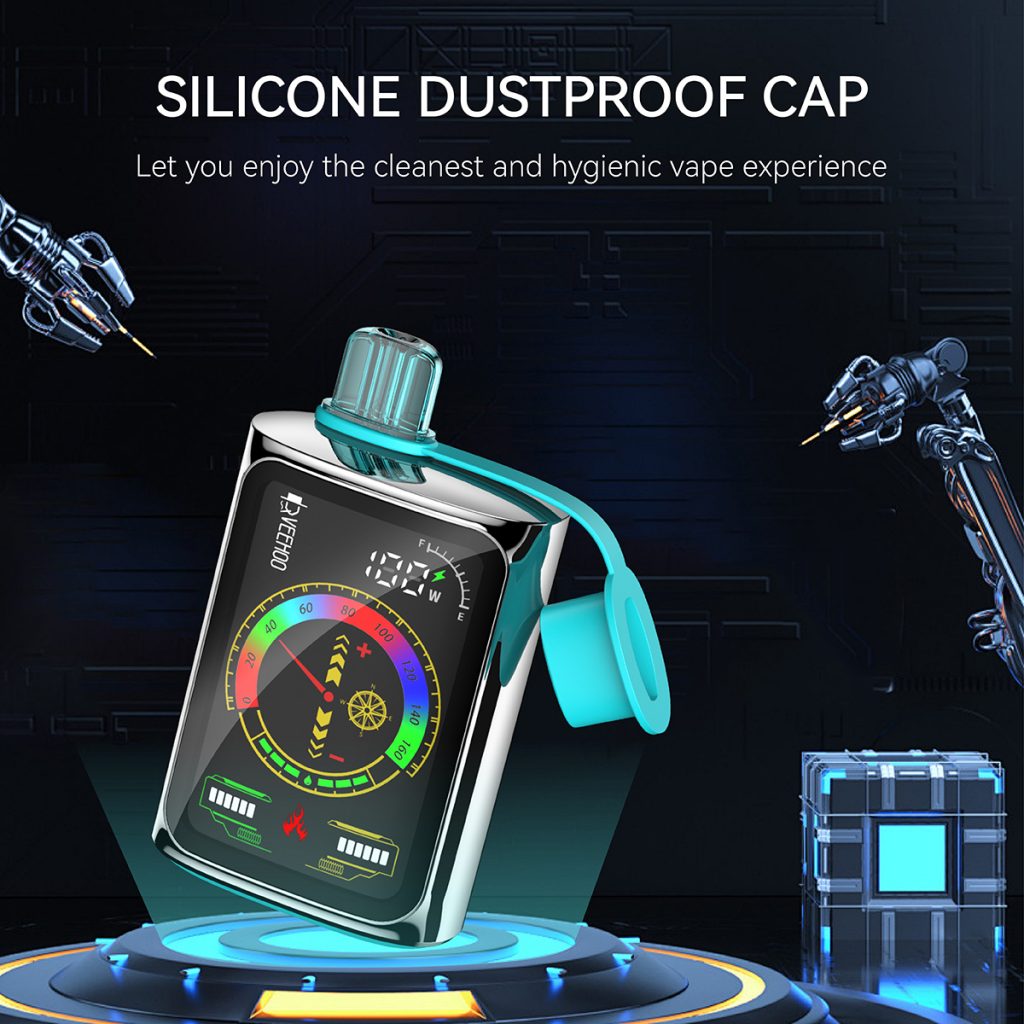Victoria was originally scheduled to launch a new tobacco sales licensing system on July 1, 2025, but due to insufficient law enforcement resources, the enforcement of this system was postponed until 2026.Victorian government assistant. The system targets cigarettes, cigars and other tobacco products, but excludes the regulation of e-cigarette products. The enforcement of e-cigarettes is the responsibility of the federal government. In order to implement the licensing system, the state government is only equipped with about 14 inspectors, but these personnel lack the power to close illegal tobacco stores and cannot intervene in unauthorized e-cigarette sales.
Retailers have also expressed strong dissatisfaction with the high cost of licenses, as each license costs between 1,100 and 1,500 Australian dollars, which is much higher than the standard level in other states. At the same time, industry organizations and law enforcement departments have called on the government to reduce licensing fees, give inspectors greater law enforcement powers, and include e-cigarettes in the scope of regulation to fill the regulatory gap.

During the delay in law enforcement, criminal gangs and illegal operators seemed to “run free”, and a large number of smuggled and counterfeit tobacco products circulated in the market, which contributed to the growth of organized crime. The Retail Association warned that if law enforcement was not intervened in time, the scale of the illegal market would continue to expand and the rights and interests of legal operators would be difficult to protect. Some local legislators also criticized the state government for its lack of transparency in law enforcement details, making it difficult for retailers and communities to grasp the specific implementation standards. The original intention of the state government to implement the licensing system was to unify the market order, crack down on illegal tobacco transactions, and put pressure on illegal businesses through a compulsory licensing system, thereby reducing tobacco-related crime rates and public health burdens. The government also formulated strict penalties, imposing high fines on unlicensed sellers, and even possible criminal liability to increase the cost of violations.
However, e-cigarette products were excluded from this state-level system, and their regulatory responsibilities fell entirely in the hands of the federal government, resulting in almost no monitoring of the e-cigarette market in the state. The federal management of e-cigarettes mainly includes product registration, ingredient review and market access, but there is often a lack of coordination and timely response mechanisms in local implementation. This means that in Victoria, despite the strict control of the cigarette market, the distribution channels of e-cigarettes may still be filled with illegal or non-compliant products.
In the environment of regulatory gaps, many retailers and consumers have begun to worry that e-cigarette products that have not been strictly approved may bring health risks and safety hazards. Research reports have pointed out that some illegal e-cigarettes may contain excessive concentrations of nicotine, unlabeled harmful chemical additives, and potentially harmful substances such as heavy metals.
Industry associations and public health experts have called for the promotion of local regulatory systems for e-cigarettes while delaying law enforcement to prevent potential risks and protect public health. The parliamentary research report also recommends the establishment of a special cross-departmental working group to coordinate state and federal cooperation to achieve effective supervision of the entire chain of e-cigarette products from production to retail.

In the e-cigarette market, the VEEHOO brand has emerged in the international market with its technological innovation and product diversity, and its many products meet the needs of different consumers. For example, the VEEHOO H8s is equipped with an electronic display screen that can provide real-time feedback on the power and remaining amount of e-liquid, allowing users to grasp the status of the device at any time and improve the convenience and safety of use. Its high-performance disposable electronic cigarette products can provide tens of thousands of atomization experiences, while supporting the replacement and mixed use of multi-flavor chips to meet personalized taste needs.
In addition, VEEHOO H10 adopts a dual-touch full-screen control and dual-mode switching design. It can achieve 18,000 atomizations in Eco mode, while Boost mode provides a stronger atomization effect, fully covering the usage scenarios of different users. Its modern appearance design and convenient control experience demonstrate VEEHOO’s continuous pursuit of product innovation and quality, bringing users a more comfortable and stable atomization experience.

If Victoria can improve local e-cigarette supervision and incorporate it into the licensing system in the future, brands like VEEHOO that strictly abide by product registration and testing standards will be able to fully demonstrate compliance advantages and win market trust. Compliant brands participating in market competition will help improve the overall product quality and safety level of the industry, and promote consumers to shift from illegal products to regular products, thereby reducing health risks.
In general, although Victoria’s postponement of tobacco license enforcement has realistic considerations, the potential risks brought about by the gap in e-cigarette regulation cannot be ignored. It requires the state government, federal agencies and the industry to work together to develop practical control plans to maintain public health and market order.
Tags: ceramic atomizer core, touch-controlled e-cigarettes, flavored e-cigarettes, veehoo vape